From sprawling savannas to bustling cities, animals play a pivotal role in ecosystems around the globe. However, they can also be carriers of some deadly diseases that can affect humans. Understanding these diseases is key to both protecting ourselves and respecting the complex interconnections within our natural world. Here’s a look at 15 such diseases, how they spread, and the animals involved.
Rabies

Rabies is perhaps one of the most well-known diseases transmitted by animals, especially dogs. Infected animals transfer the virus through bites and scratches, leading to severe neurological symptoms in humans and, if left untreated, death.
Lyme Disease
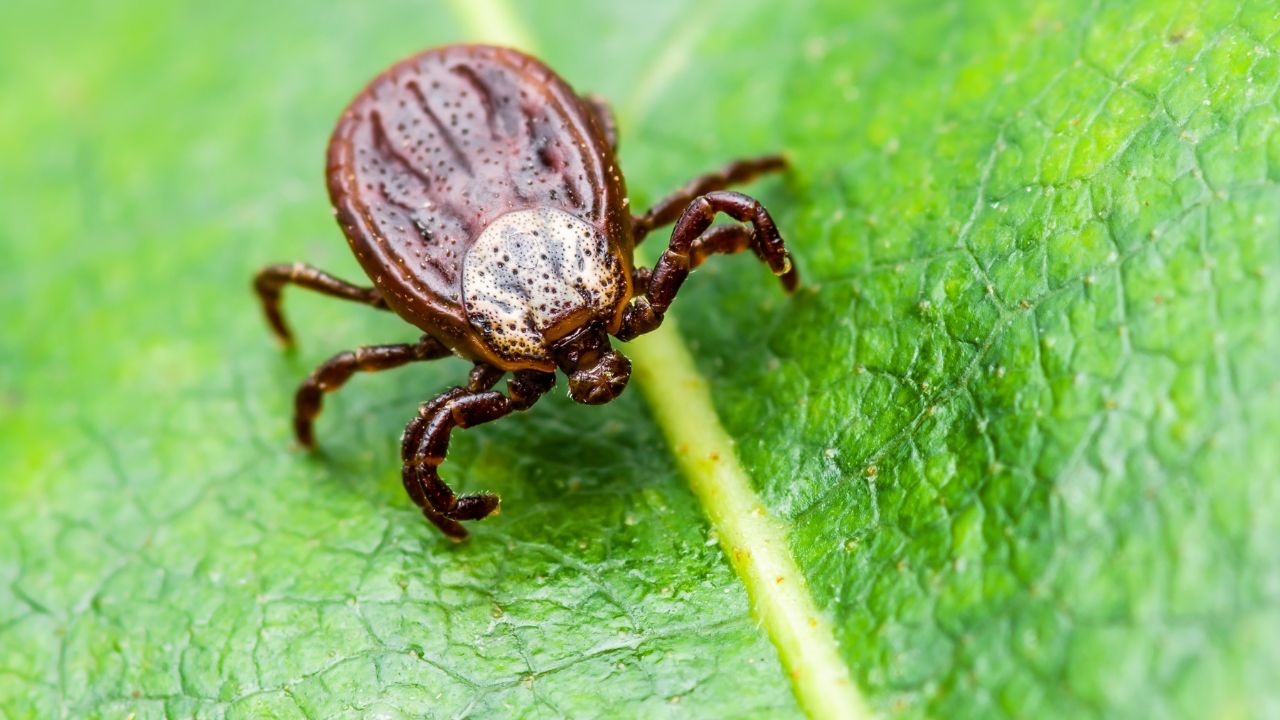
Transmitted by tick bites, Lyme disease is primarily spread by deer ticks. Early symptoms include fever, headache, and fatigue, but if untreated, it can cause severe joint pain and neurological problems.
Hantavirus
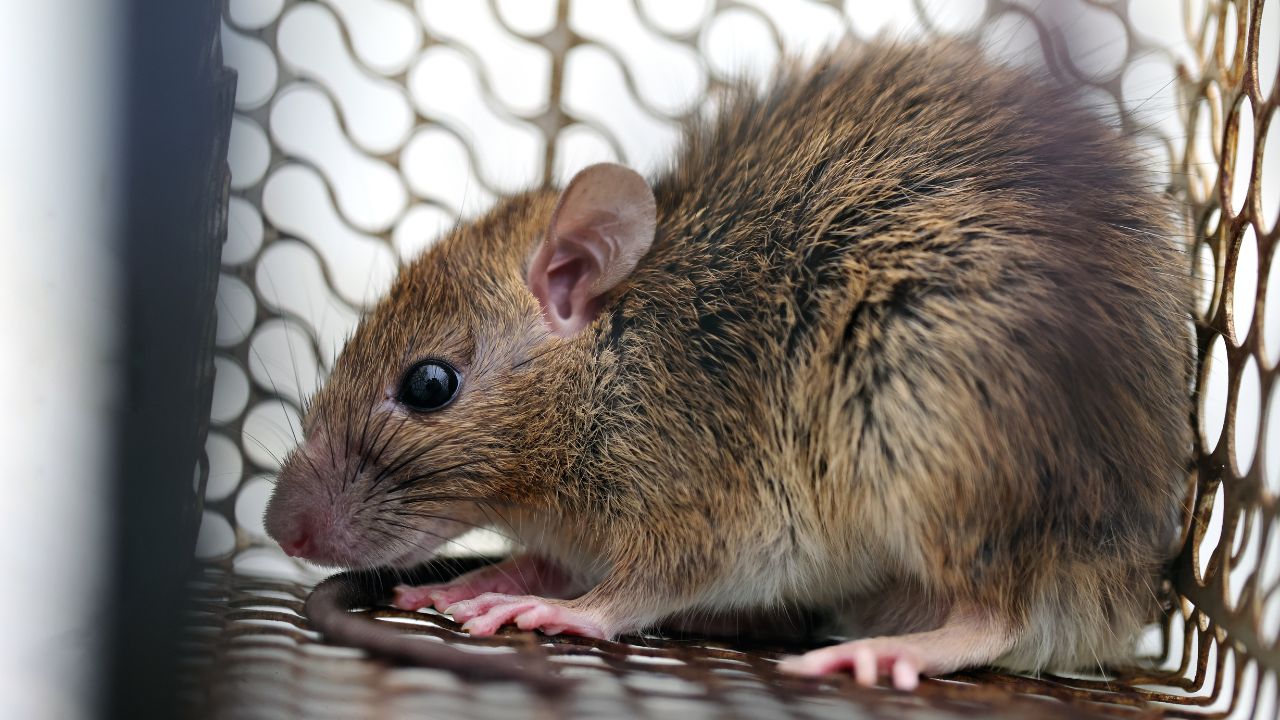
Rodents, particularly deer mice, spread hantavirus through their droppings, urine, or saliva. When these are inhaled as dust by humans, it can cause Hantavirus Pulmonary Syndrome, a severe respiratory disease.
Malaria
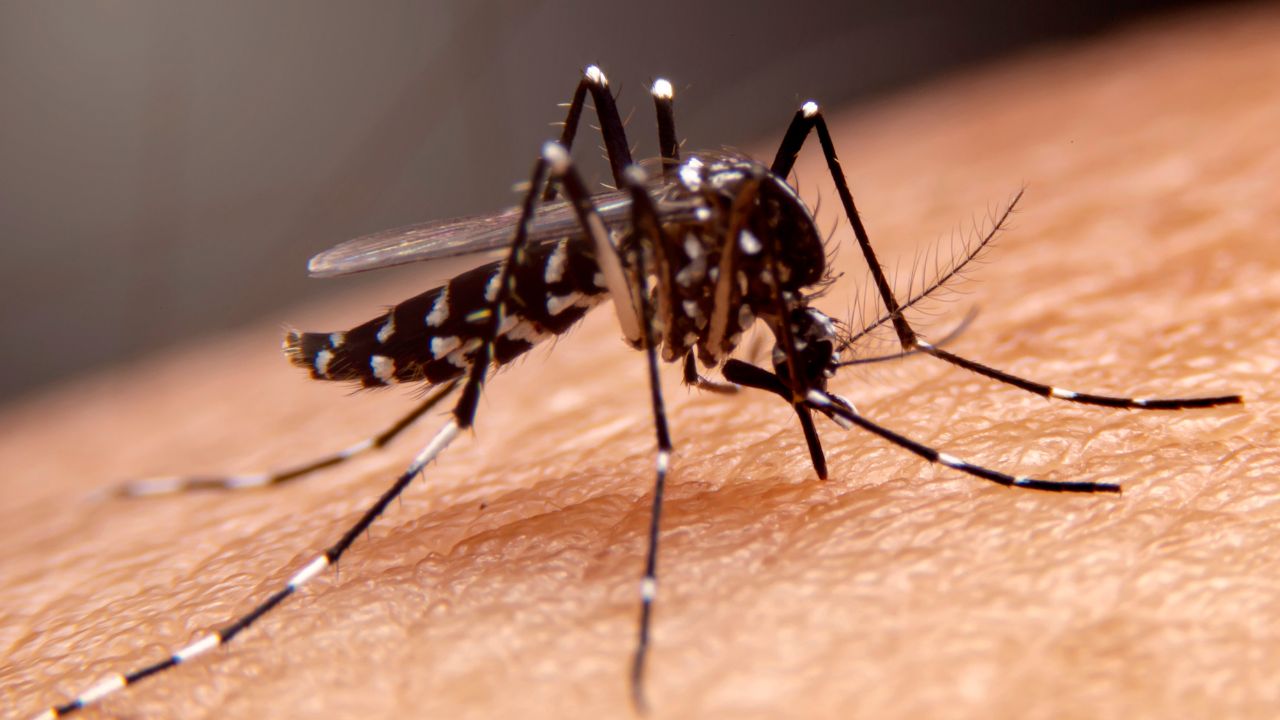
Malaria is spread by Anopheles mosquitoes. When these mosquitoes bite humans, they transfer the Plasmodium parasite, which multiplies in the red blood cells causing symptoms like fever, chills, and severe anemia.
Ebola

Primarily found in African monkeys, apes, and fruit bats, Ebola is a severe and often fatal disease in humans. It spreads through direct contact with the blood, secretions, or other bodily fluids of infected animals.
Salmonellosis

This disease is caused by the bacteria Salmonella, which can be transmitted by a variety of animals including birds, reptiles, and mammals. Humans typically contract it by consuming contaminated food or water.
Leptospirosis

Transmitted through the urine of infected animals like rodents, dogs, and livestock, leptospirosis can enter the human body through water contaminated with urine or through direct contact with infected animals.
Anthrax

Anthrax is a bacterial disease common in livestock and wild animals like deer and goats. Humans can get infected through direct or indirect contact with sick animals, leading to severe respiratory or digestive issues.
Plague

Yes, the infamous Black Death is still around. It’s primarily spread by fleas that have bitten infected rodents like rats or prairie dogs. Once in the human body, it can cause severe symptoms and death if not treated promptly with antibiotics.
Toxoplasmosis

Toxoplasmosis is caused by a parasite, which is often transmitted through cats’ feces. It’s particularly dangerous for pregnant women as it can cause birth defects.
West Nile Virus

Spread by mosquitoes, the West Nile virus can affect humans, birds, horses, and other mammals. In humans, it can cause neurological diseases and is potentially life-threatening.
Brucellosis
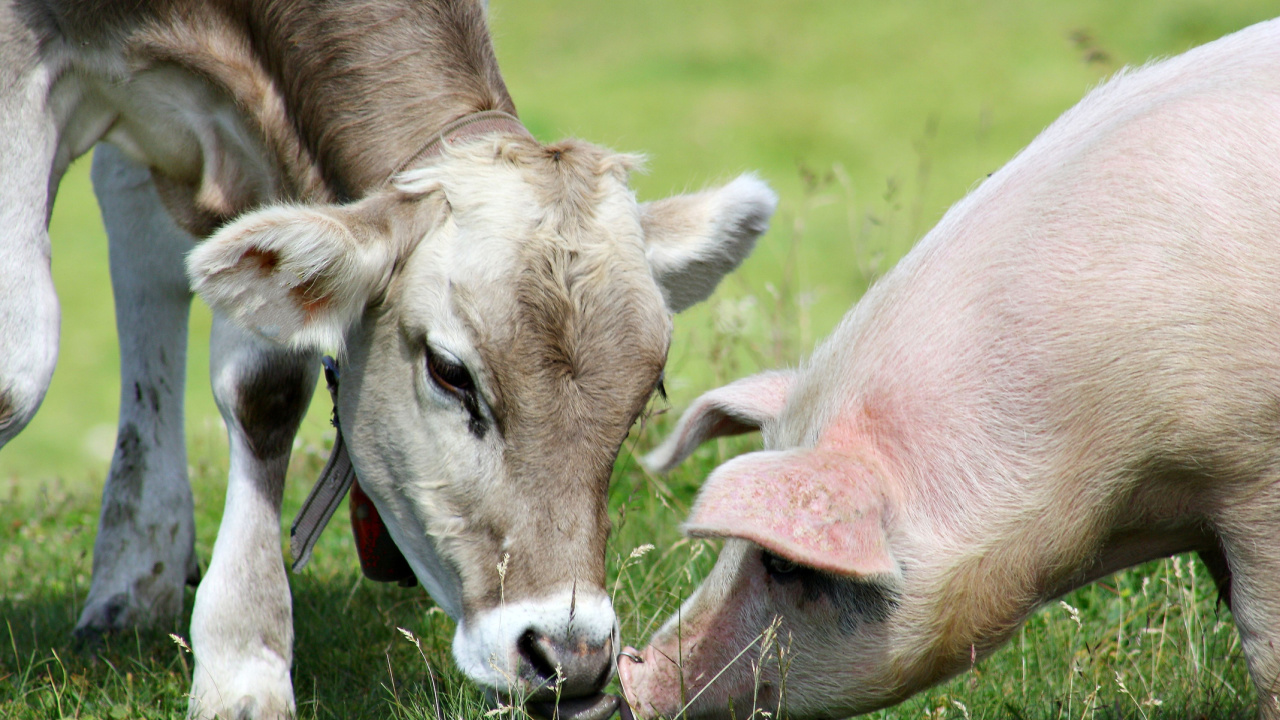
This bacterial infection spreads among humans through contact with infected animals like goats, pigs, and dogs or through consumption of contaminated dairy products. It mainly causes flu-like symptoms but can become chronic.
Q Fever

Q fever is caused by the bacterium Coxiella burnetii, which can be found in cattle, sheep, and goats. Humans typically acquire it through inhaling barnyard dust contaminated by infected animals’ birth fluids.
Tuberculosis
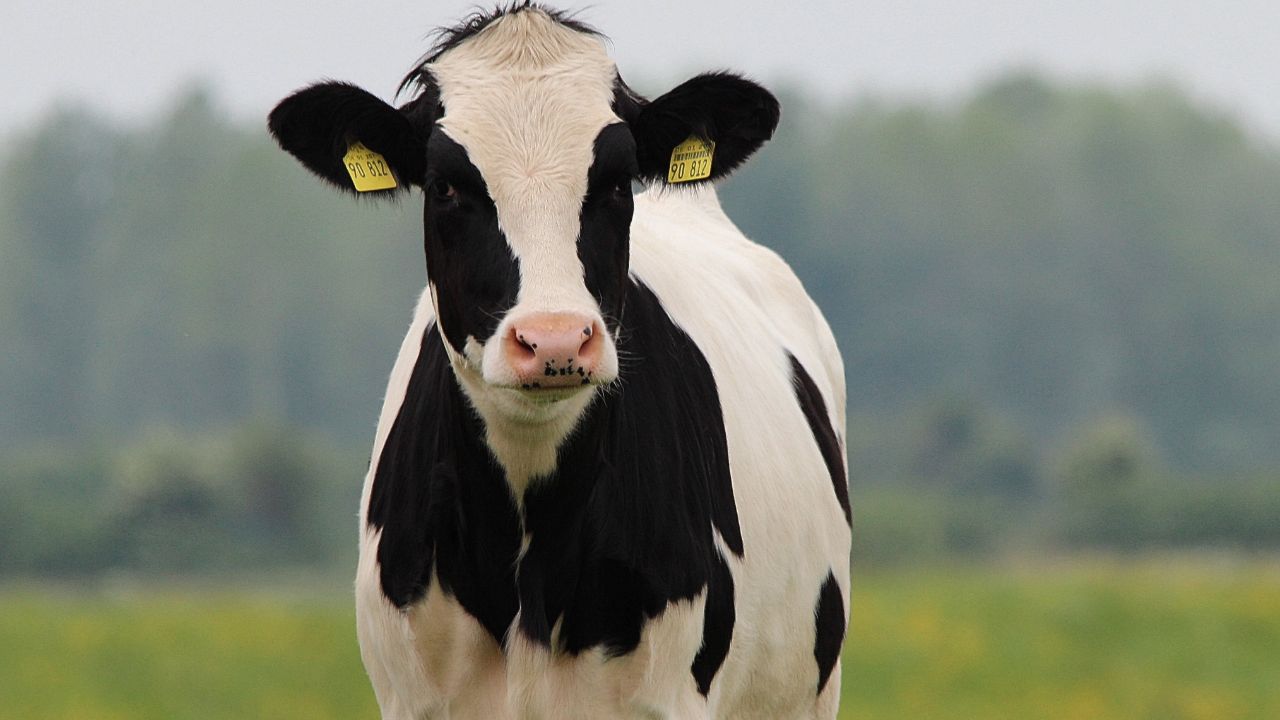
While mainly a human disease, tuberculosis (TB) can also be contracted from cattle or through the consumption of untreated milk. The disease primarily affects the lungs but can also damage other parts of the body.
Chikungunya
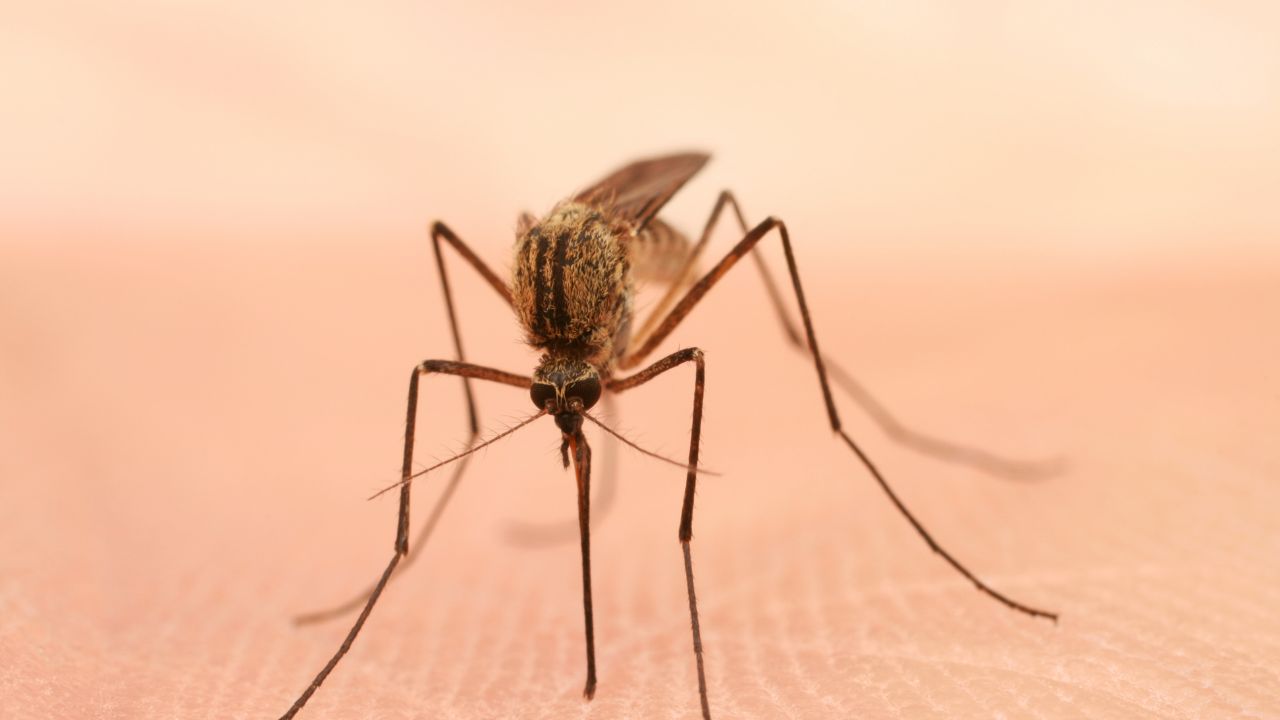
This virus is transmitted by mosquitoes and causes severe joint pain, fever, rash, and muscle pain. While it is rarely fatal, the symptoms can be severe and disabling.
Becky is a fervent wildlife enthusiast and pet care expert with a diploma in canine nutrition. Her love for animals stretches beyond the domestic, embracing the wild tapestry of global fauna. With over a decade of experience in animal welfare, Becky lends her expertise to OutlandishOwl through insightful articles, captivating wildlife information, and invaluable guidance on pet nutrition. Her work embodies a deep commitment to understanding the intricate lives of animals and a passion for educating others on sustaining natural habitats. Becky's hands-on conservation efforts and her knack for translating complex dietary science into practical pet feeding tips make her an indispensable voice for creatures great and small.




